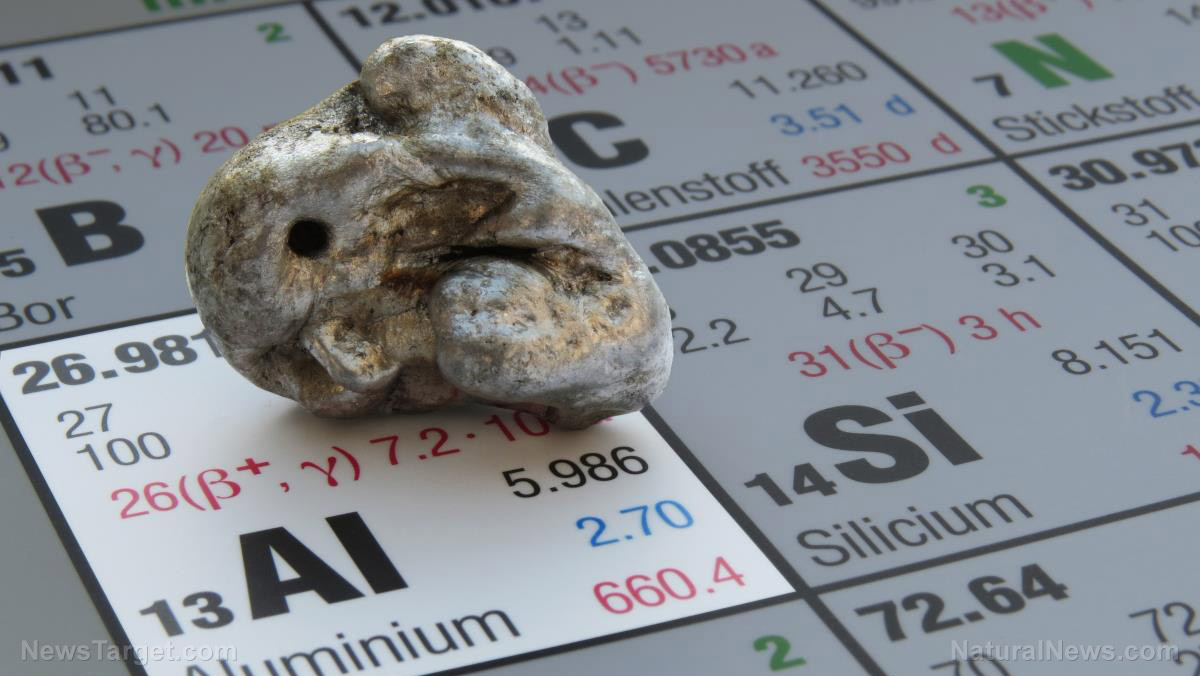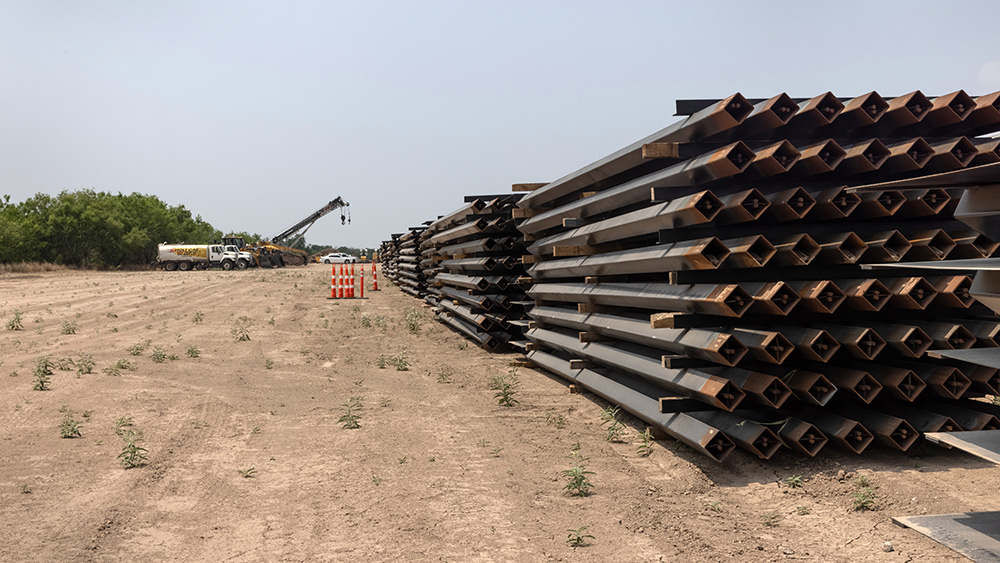
Shortly after the birth of the sun, a nearby star came to a thermonuclear end. The stellar funeral pyre bathed the young solar system with large amounts of radioactive metals. Swiss researchers suggest that the heat from aluminum isotopes from this supernova evaporated the excess amounts of water on the young Earth, thereby keeping it from transforming into a lifeless, ocean world.
Bodies of liquid water occupy more than 70 percent of the surface of Earth. But neighboring planets in the solar system barely have any ice to speak of, much less flowing water.
Interestingly, the majority of rocky exoplanets in the galaxy might be ocean worlds. So the dehydrated members of the solar system buck the galactic trend.
An excess of anything usually turns out badly. That includes water. An ocean planet has nary a speck of land to be seen across its wave-ridden face. And beneath its global oceans are thick layers of ice. This world will kill unprotected humans just as fast as conditions on Mercury could.
"Currently we have only an extremely limited understanding whether such worlds can develop life as we know it," explained Tim Lichtenberg, a researcher from the Swiss Federal Institute of Technology Zurich (ETH Zurich) and senior author of the study. (Related: Study captures life cycle of solar flares, but how do flares affect us on Earth?)
Simulating the effects of radioactive materials on young exoplanets
The researchers sought to determine the amount of water found on exoplanets. They considered the heat given off by radioactive materials within planetesimals (minute planets). Their candidate was aluminum-26, a radioactive isotope of aluminum with one less neutron in its nucleus.
An earlier study indicated that a supernova showered the solar system with aluminum-26 when the sun was still forming. The heat of the radioactive isotope provided the necessary energy for the interior of the planetesimals to evolve. The bombardment also reduced the amount of water on the young planets.
Lichtenberg and his team ran 540,000 different computer simulations. Each simulation involved a protoplanet that was formed through the accretion of gas and planetesimals.
The researchers adjusted various factors in the simulations. They varied the type of stars orbited by the protoplanets, the initial distances between them, and the amounts of aluminum-26 and ice accumulated by the protoplanets.
The water content of planets is determined by the amount of aluminum-26
Based on their findings, the ETH Zurich team divided planetary systems with rocky planets into two groups according to their aluminum-26 content: Those that were poor in aluminum-26 and formed water worlds, and those rich in the isotope that formed small, water-depleted worlds.
Furthermore, they learned that rocky exoplanets with low levels of aluminum-26 may have larger diameters than their aluminum-rich counterparts thanks to their high water content. Water has a lower density than rock, so it takes up more space.
Regarding possible follow-up studies, Lichtenberg suggested examining the effect of aluminum-26 on the formation of giant planets. One likely subject is Jupiter, which was recently visited by NASA's Juno space probe.
"I am interested in the main factors that control whether a growing protoplanet can emerge as a potentially habitable world that is conducive to life as we know," he remarked. "We will need to learn so much more to come closer to an understanding of how many planets similar to Earth are out there in the galaxy."
Sources include:
Please contact us for more information.





















